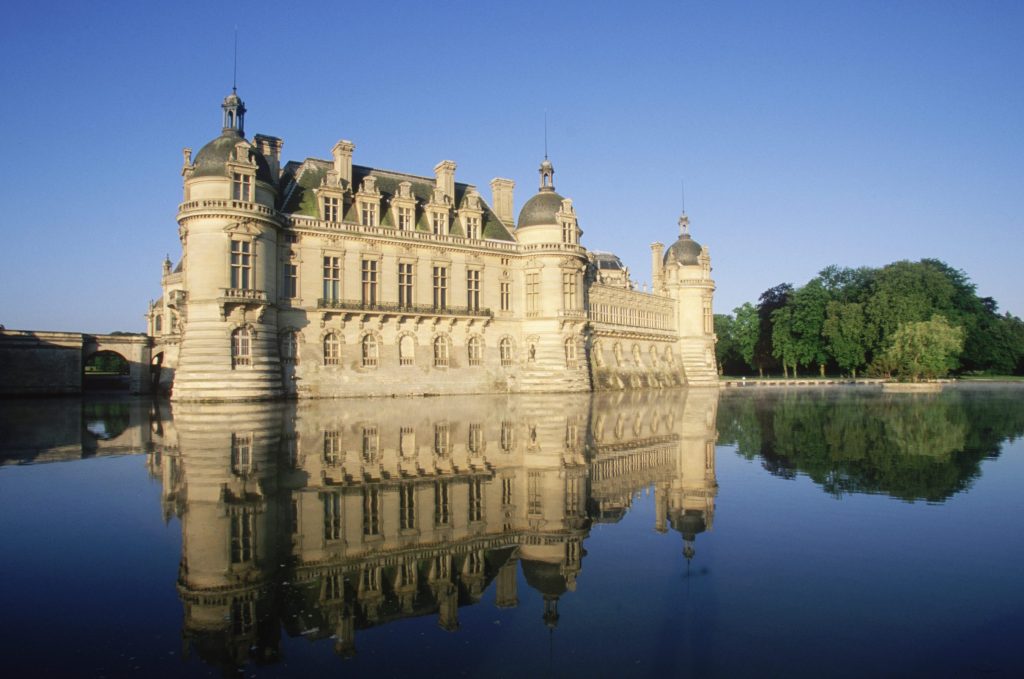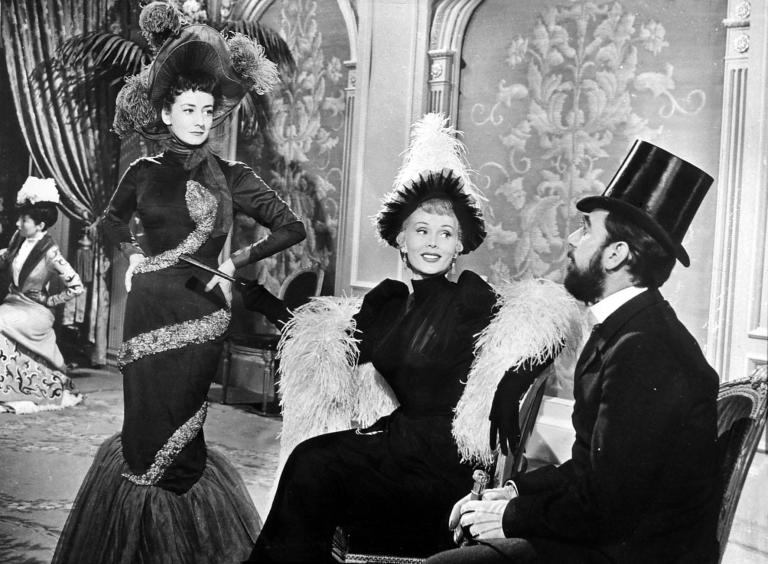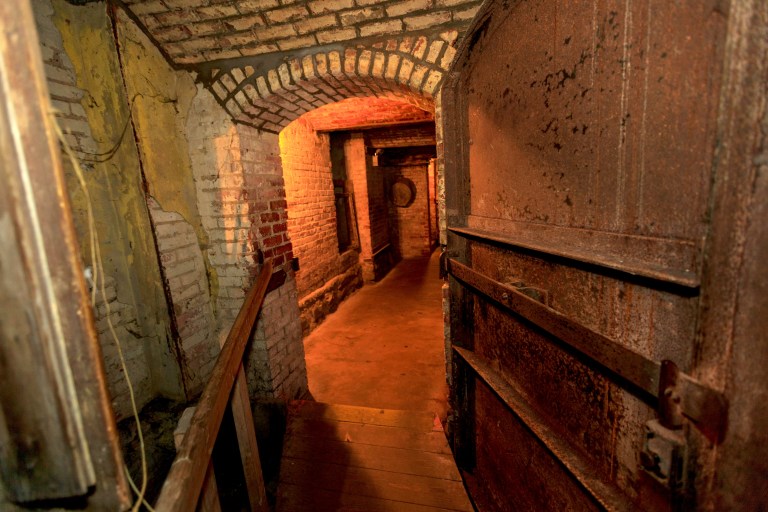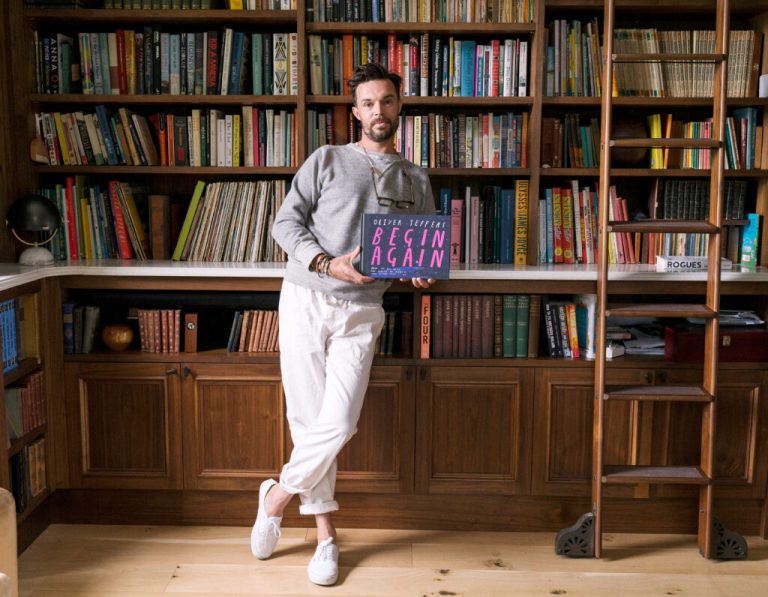Disneyland Paris’ Sleeping Beauty Castle may be a gateway into a magical fantasy world, but it has very real origins. A medieval book that hasn’t been viewed in over 40 years is set to go on display this summer, and it provides a rare in-person glimpse at some of the images that partially inspired “le Château de la Belle au Bois Dormant.”
Coined the “‘Mona Lisa’ of manuscripts” but officially titled Très Riches Heures du Duc de Berry (The Very Rich Hours of the Duke of Berry), the illustrated “book of hours” devotional beautifully documents medieval prayers, holidays, and rituals. Extremely fragile, it hasn’t been seen by scholars or the public since the ’80s — but from June 7 to Oct. 5, the work will be available for viewing at the Musée Condé in Château de Chantilly. Every two weeks, the pages on display will change.
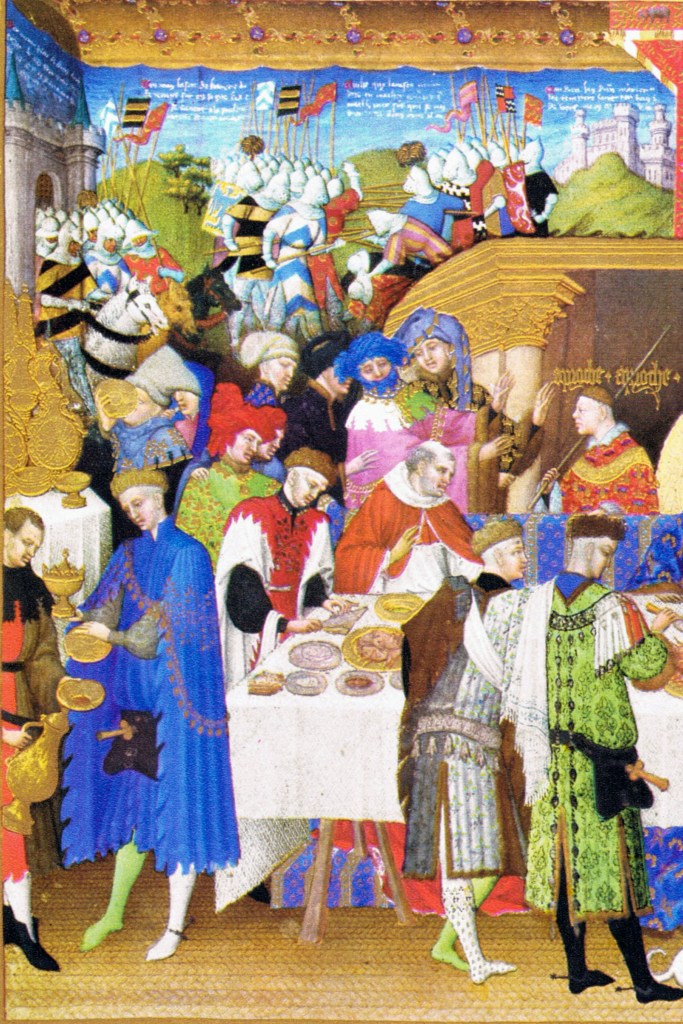
“It’s the finest surviving manuscript of the 15th century, a monument of International Gothic book arts. Really, the thing is just stupefying,” cultural critic Jason Farago wrote for The New York Times. “Its pictures combine astounding detail with exuberant, sometimes irrational spatial organization.”
The intricate illustrations include 131 complex miniatures (one of which is the historic Louvre Palace) and 300 capital letters on calfskin vellum pages, created with tempera, gold, silver, and ink.
“When people think of the Middle Ages, these are the images they see,” Mathieu Deldicque, director of the Musée Condé, told The Guardian.
The book’s roots hail all the way back to the early 1400s, when the French Duke of Berry commissioned three brothers — Paul, Jean, and Herman de Limbourg — to create a prayer book for him. The trio, still teenagers at the time, were highly skilled miniature painters responsible for “some of the most beautiful illuminated books of the Late Gothic period,” per nonprofit art history resource Smarthistory.org.
In Très Riches Heures du Duc de Berry, they incorporated calendar pages with agricultural scenes, included an illustration of the inside of the duke’s palace, and possibly even painted themselves onto the book’s pages. There are also depictions of male nudity (apparently medieval peasants didn’t don underwear) and zodiac signs, neither of which are typically present in modern religious texts.
“It was learned; it was detailed; it was impossibly lavish,” Farago wrote. “And almost no one saw it but [the Duke of Berry].”
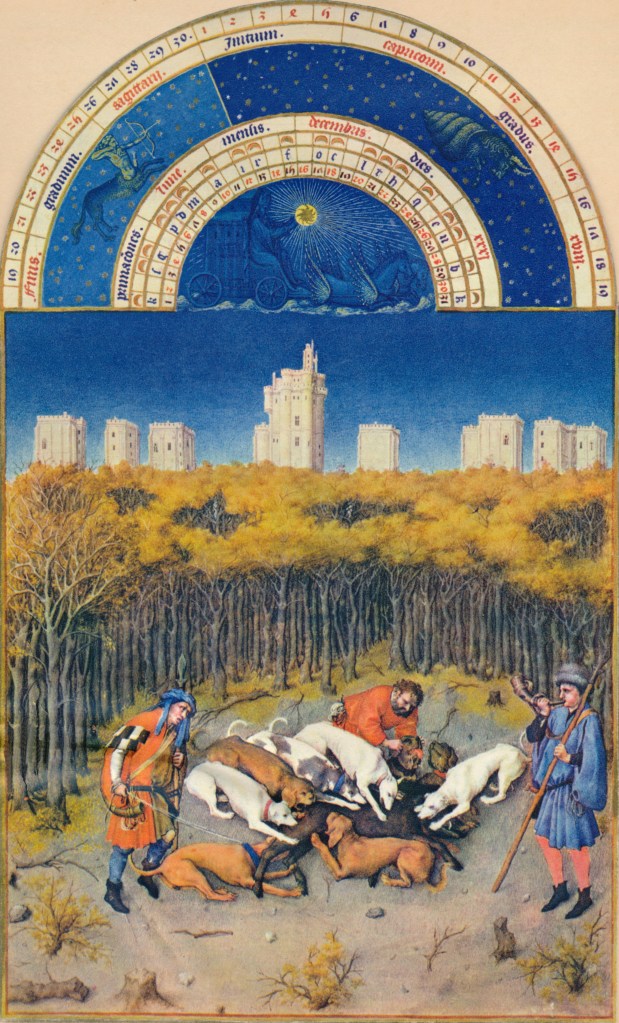
The manuscript was left unfinished after all three brothers and the duke died in 1416 (possibly from the bubonic plague) — but a handful of other artists took up its mantle over the following decades. Its exact whereabouts remained unknown, however, until 1485, when the then-Duke of Savoy acquired it. After his death, the book passed through several hands and generations until 1877, when the Duke of Aumale made his home, the Château de Chantilly, the book’s permanent home as well.
It’s unclear exactly which image in the text inspired the Disneyland castle in France (or Eyvind Earle, the artist who helped create the version for the Sleeping Beauty film). But if you’d like to peek at the pages in-person, this summer may be your last chance to do so for a while, as they’ll retreat into the Musée Condé’s archives after the exhibit concludes — although you can also dive into the stunning pages online.
“It is too fragile and at risk of damage from light to be on permanent display,” Deldicque told The Guardian. “That’s why this exhibition will be unique. Everyone knows about this book — but nobody has seen it.”
RELATED: “Mona Lisa” Is Getting a Room of Her Own at the Louvre
